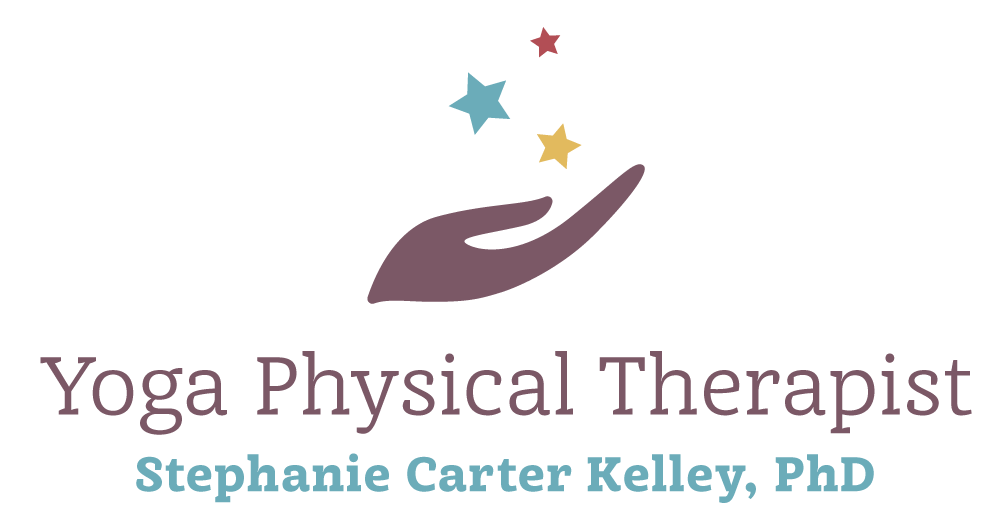This is a lesson from my online workshop that I think is critical in understanding how your low back stays in pain. I’ve been studying the core muscles in relation to treating people with back pain for over 25 years and these muscles still fascinate me! This is one of my favorite lessons because it has so much potential to help. When you understand how the body works, you can train it to stay out of pain.
First, I want to differentiate between the muscles of the Inner and the Outer Core. If you are a visual person, check out the video to see where the muscles are located in the body. You will clearly see how the deep muscles create support and the outer muscles create movement.
The inner core muscles are deep in the body and they function to create support for bones and joints. They contract automatically, without us even noticing, at a low level to support your posture before movement even happens. These muscles have fibers that get energy primarily from oxygen so that they turn on and hold for long periods of time. Four muscles around the low back create a cylinder of core support: the respiratory diaphragm, transversus abdominus, the pelvic floor, and multifidus. These muscles coordinate to function in a very specific pattern with your breathing.
The outer core muscles are large and turn “on and off” to create movement of the body and to support the body when the arms and legs move. They are designed for strength and power and are usually the first muscles that we train when we want to train the “core”. But a focus on only these muscles can lead to more pain.
When there is dysfunction in the inner core muscles, then the outer core gets recruited to help create support. However, it is not designed to create the low level of support needed for posture and instead creates compression. So think about adding extra load or compression all day long to your joints, bones and discs of the spine. Ouch! As I said before, the outer core is meant to turn “off” and relax unless you are moving. These muscles are made up of fibers that primarily need glycogen for energy. When glycogen is used up (fairly quickly), they fatigue and become pain producing.
Compression and Fatigue are the 2 reasons that you may feel pain during the day when you are seemingly not doing that much to irritate your back.
But why the dysfunction in the inner core?
What I now know is that stress plays a large role in this dysfunction. With injury these muscles also shut down in a protective way. But it is stress that keeps them turned off. When you live in chronic low level stress and stay in Flight or Fight all day long, the outer core is recruited and the inner core is deactivated. The outer core keeps you “ready” to punch or run. Stress also changes your breathing pattern. Proper function of the inner core is dependent on a deep 3-part breath. When stress makes you breath shallow, the inner core loses its ability to coordinate and activate in the right way.
All of this leads to a lack of support.
So when you feel a lack of emotional support = STRESS.
Stress results in a lack of muscular support for your spine = PAIN.
In my online workshop: Engage and Empower Your Core, I guide you through lessons, assessments and practices to:
Calm the nervous system
Feel the muscles of the inner core to assess their function
Engage the inner core muscles with breathing and low level activity
Train the inner core muscles for postural endurance
Create mobility after years of limiting motion because of pain and tension
Strengthen the outer core while caring for the inner core
I think this lesson highlights the importance of focusing on both the body and the mind to create support! If you want to learn more, register for the online workshop: Engage and Empower Your Core.
Namaste,
Stephanie
